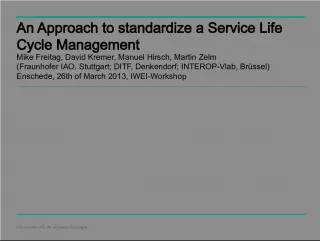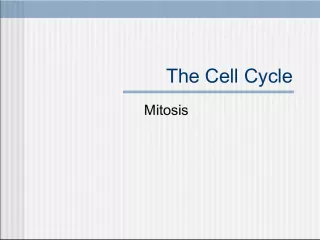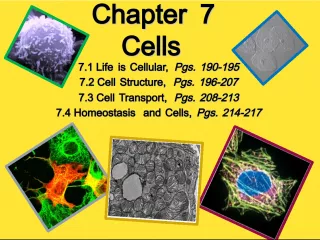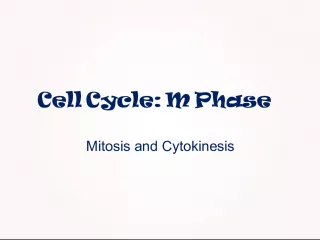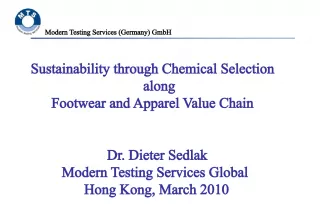Understanding the Pathogenesis and Life Cycle of HIV
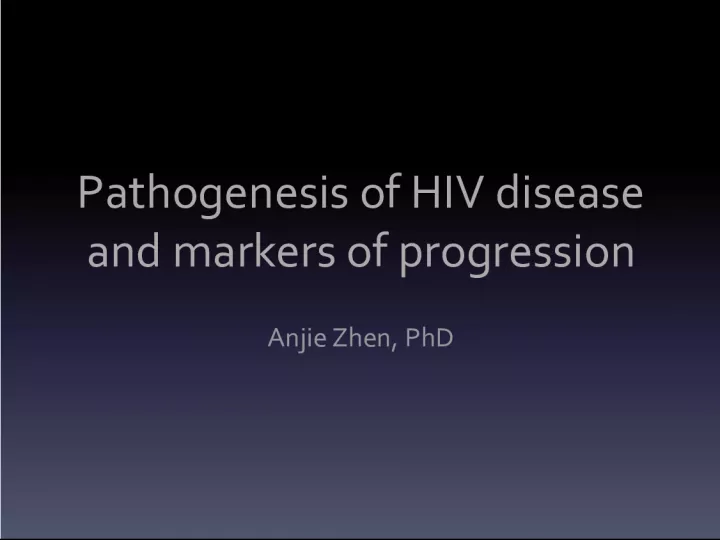

This article provides an overview of HIV disease progression, markers of progression, and the HIV life cycle. It delves into the different stages of HIV infection, viral replication, and the various immune responses.
- Uploaded on | 2 Views
-
 janetlee
janetlee
About Understanding the Pathogenesis and Life Cycle of HIV
PowerPoint presentation about 'Understanding the Pathogenesis and Life Cycle of HIV'. This presentation describes the topic on This article provides an overview of HIV disease progression, markers of progression, and the HIV life cycle. It delves into the different stages of HIV infection, viral replication, and the various immune responses.. The key topics included in this slideshow are HIV, pathogenesis, disease progression, immune response, life cycle, viral replication,. Download this presentation absolutely free.
Presentation Transcript
1. Pathogenesis of HIV disease and markers of progression Anjie Zhen, PhD
2. Summary Overview of HIV life cycle Overview human immune responses HIV pathogenesis Acquisition of HIV Acute infection Chronic infection and markers of progression AIDS
3. Overview of HIV life cycle HIV life cycle: 1. Binding and Fusion 2. Entry 3. Reverse transcription 4. Integration 5. Viral RNA and protein expression 6. Assembly and budding 7. Maturation HIV target cells: CD4T cells, Macrohpages, Dendritic cells
4. Overview of adaptive immunity Nonspecific Specific
5. Clearance of viral infection
6. HIV disease progression clinical latency Levels (Separate Scales) CD4+ T cell HIV viral load CD8+ T cell Neutralizing Antibodies Years AIDS and Death Acute Asymptomatic (clinical latency) 4 8 weeks Primary infection
7. HIV disease progression Acute infection Primary infection of cells in blood or mucosa (HIV directly infects T cells and microphages oris carried to those cells by dendritic cells) Viral replication in the regional lymph nodes leads to Exponential viral growth and widespread dissemination Development of anti-viral responses and symptoms of acute infection occur Decrease in plasma viral load and symptoms of acute infection resolve
8. HIV disease progression -- Clinical Latency During this period of the disease, the immune systems remains competent at handling most infections with opportunistic microbes Few or no clinical manifestation. Steady destruction of CD4+ T cells and steady decline of circulating blood CD4+ T cells
9. Mechanism of CD4 T cell depletion in HIV infection
10. Mechanism of CD4 T cell depletion in HIV infection Infection and killing of infected cells only explain part of the T cells loss Chronic immune activation and disrupted T cell homeostasis
11. Stem Cell Mature T-Cells HIV Infected Cells HIV-Specific T Cell Expansion of HIV-Specific Cells Killing of HIV Infected Cells Incomplete Clearance of HIV Infected Cells and Exhaustion HIV Specific T Cell Responses Thymus Periphery R T R T R T R T R T R T R T R T R T R T R T R T R T R T
12. HIV disease progression -- AIDS Acquired Immune Deficiency Syndrome: Catastrophic breakdown of host defenses, marked increase in viremia and clinical disease. CD4+ cell count less than or equal to 200 per microliter Clinical Features: Opportunistic infection Neoplasms CNS involvement
13. HIV disease progression clinical latency Levels (Separate Scales) CD4+ T cell HIV viral load CD8+ T cell Neutralizing Antibodies Years AIDS and Death Acute Asymptomatic (clinical latency) 4 8 weeks Primary infection
14. Markers of HIV disease progression CD4 T cell counts Viral load Markers of immune activation
15. Markers of disease progression: CD4 cell count Major Factor to initiate therapy CD4<350: strongly recommended (Data from randomized trials) <350
16. Markers of disease progression: Viral load The HIV-1 viral load measurement indicates the number of copies of HIV-1 RNA per milliliter of plasma. Viral load is an accurate reflection of the burden of infection and the magnitude of viral replication. It is critical in monitoring virologic response to ART. The Lancet Volume 360, Issue 9327 2002 119 - 129
17. Prognosis according to CD4 cell count and viral load in the pre-HAART and HAART eras The Lancet Volume 360, Issue 9327 2002 119 - 129
18. Markers of disease progression: Viral load set point
19. Chronic immune activation is a characteristic of HIV disease progression. Activation markers expressed on cell surface: CD69, CD25, and MHC class II, CD38, etc. Markers of disease progression: Immune activation markers
20. Questions List key stages for HIV disease progression? While CD4 T cells are progressively depleted during untreated HIV infection, what happens to CD8 T cells? List one important laboratory marker of HIV disease progression other than CD4 cell count
21. Questions List key stages for HIV disease progression? Acute infection, clinical latency, AIDS. While CD4 T cells are progressively depleted during untreated HIV infection, what happens to CD8 T cells? In early HIV infection, CD8 T cells tend to increase in number, in response to viral infection. However, at advanced stages of HIV disease, CD8 cells also decline precipitously. List one important laboratory marker of HIV disease progression other than CD4 cell count Viral load.
22. Discussion How will effective anti-retroviral therapy affect our immune responses?


